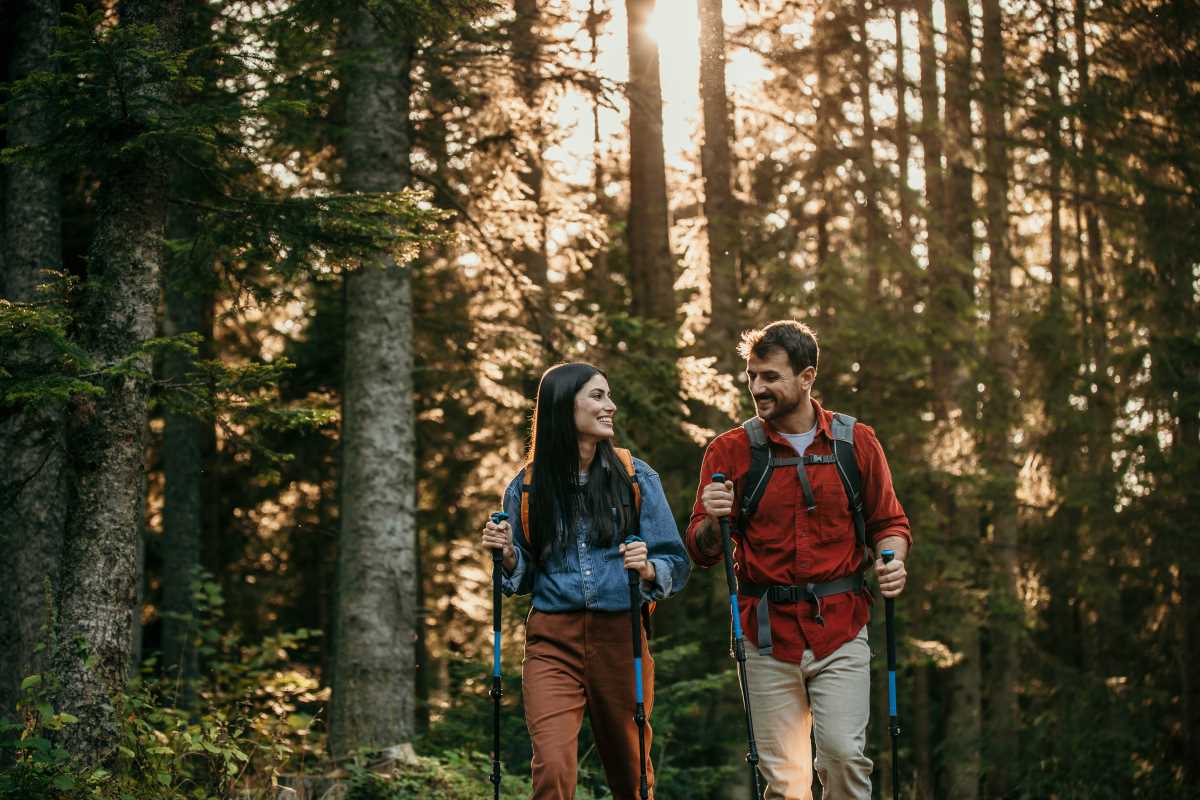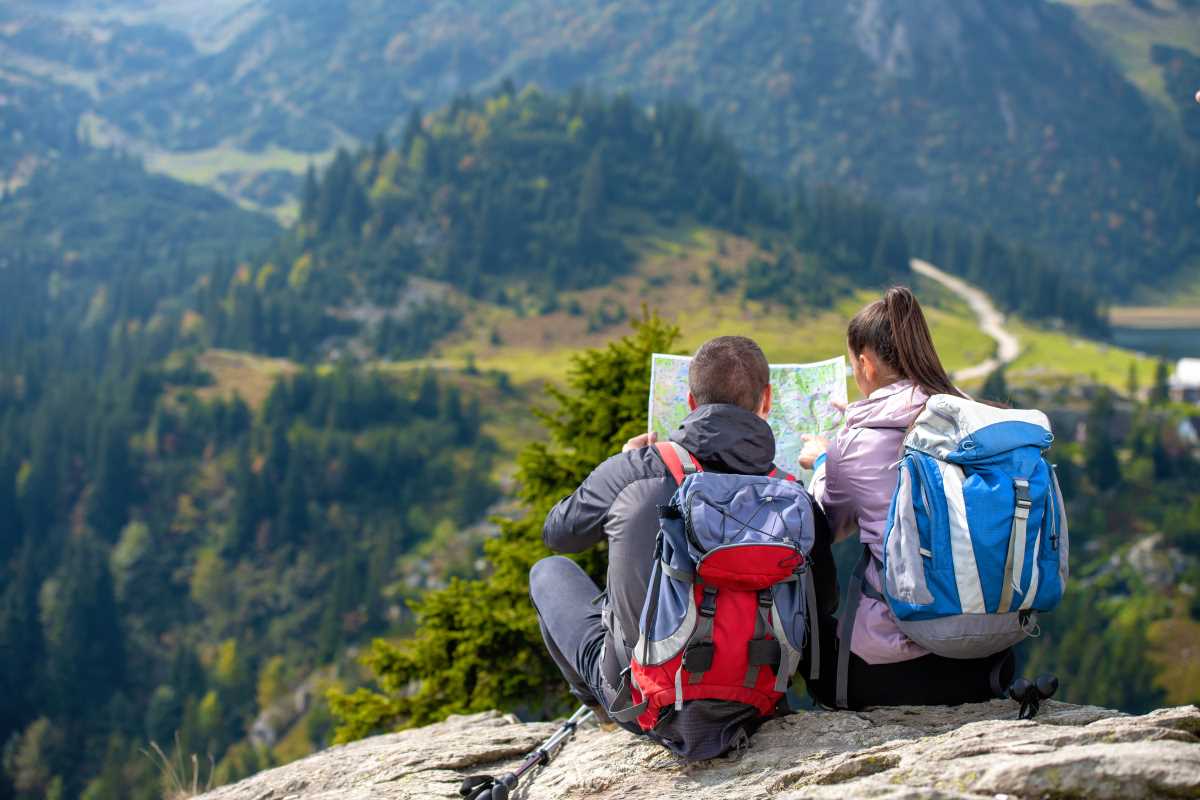Exploring the outdoors on a budget while caring for the environment offers its own sense of excitement and reward. Finding ways to sleep beneath the stars or glide across calm waters doesn’t have to cost a fortune or harm the natural world. With a little curiosity and thoughtful planning, you can discover affordable options that let you soak up fresh air and beautiful scenery. Simple steps—like choosing reusable gear and supporting local parks—make a meaningful difference. Every outing turns into a memorable experience that keeps your spending low and your impact gentle, all while enjoying the wonders of nature.
This guide shares hands-on tips to build trips that boost your spirit without bursting your budget. You’ll learn to pick destinations, gear, and activities that stretch every dollar while caring for ecosystems. Let’s dive into ways you can wander more thoughtfully and still keep your finances intact.
How to Set an Eco-Friendly Travel Budget
- Track daily spending: Write down estimated costs for meals, transport, and entry fees so you stay on target.
- Allocate a green fund: Set aside a small sum for offsetting your carbon or supporting local conservation projects.
- Compare lodging rates: Look at eco-lodges, hostels, and home stays to find the best mix of price and sustainability practices.
- Travel in the off-season: Visiting popular spots during quieter months unlocks lower rates and fewer crowds.
When you plan your budget, include eco-investments from the beginning. That might mean choosing a ferry instead of a charter flight or renting an electric bike instead of depending on gas-powered cars. These initial choices often pay off through lower fees and a smaller environmental impact.
Keep a running total of actual versus estimated costs so you can adjust future trips. Over time, you’ll notice patterns—like how local markets often beat tourist traps on price and freshness. Then you’ll naturally combine thriftiness with green habits.
Select Affordable Sustainable Destinations
Choosing the right location can cut costs and improve your impact. Search for regions where local communities drive the visitor economy. Smaller guesthouses and family-run eateries tend to offer authentic experiences at budget-friendly prices.
Explore lesser-known parks or wildlife reserves. They provide the same wonder as popular national parks but with lower entry fees and less strain on infrastructure. You’ll enjoy quieter trails and richer wildlife encounters without long waits or crowded paths.
Once you focus on a region, check local transport options. Trains and shared shuttles often cost less and have a smaller carbon footprint than rental cars. In many places, a simple bus pass can take you to multiple towns and trailheads at a fraction of driving costs.
If you plan international trips, consider countries with favorable exchange rates for your currency. Combining that with community-run tourism initiatives allows you to put money directly into local projects, supporting sustainable growth without overspending.
Pack Smart and Use Sustainable Gear
- Choose lightweight, durable items: A stainless-steel water bottle and a packable down sweater save weight and reduce waste.
- Borrow or swap: Reach out to friends or local gear libraries to pick up specialized equipment for free or a small donation.
- Buy multiuse products: A scarf that doubles as a blanket or a pan that can cook and serve saves space and money.
- Select eco-certified gear: Brands that use recycled materials or carbon-neutral processes provide equipment that aligns with your values.
Prioritize quality over quantity. A single high-quality rain jacket will last longer than several cheap ones that fall apart after a season. Think of these investments as long-term savings, since you avoid replacing faulty gear during your trip.
To reduce shipping emissions and costs, visit local outdoor stores before leaving. You may find secondhand tents or lightly used backpacks at bargain prices. Plus, talking to store staff can reveal insider tips on eco-friendly routes and hidden campsites.
Enjoy Low-Cost, High-Impact Eco-Friendly Activities
Discover free or inexpensive adventures that connect you directly with nature. Guided bird walks, trail volunteer days, and community-led stargazing events all offer memorable moments. They often come with minimal fees or suggested donations.
Enhance your experience by combining self-guided exploration with apps that identify plants, constellations, and animal calls. This way, you gain insights comparable to those of park rangers without extra cost.
Attend local workshops on crafts like basket weaving or foraging. These sessions usually operate on donation or low fees. You’ll learn practical skills and support artisans preserving traditions.
Hiking or paddling in places managed by community trusts tends to be more affordable than well-known reserves, and your entrance fees often support conservation efforts directly. Seek out those hidden gems—you’ll feel like you’re exploring new territory, and that sense of discovery is priceless.
Use Technology and Local Resources Effectively
Smartphone apps can simplify planning and eliminate the need for costly middlemen. Use ride-sharing services that pool rides to remote trailheads or apps that connect you with locals offering guided eco-tours at fair prices. These tools keep your route flexible and your carbon footprint smaller.
Platforms that link travelers with home-cooked meals let you enjoy authentic and affordable dining. You avoid tourist traps and exchange recipes with families who have been cooking regional dishes for generations.
Check community message boards and social media groups. Fellow travelers often post great deals on stays, gear exchanges, or volunteer opportunities that aren’t widely advertised. Connecting online also helps you avoid scams and find genuine local partners.
When you arrive, look for free city walking tours led by students or nonprofits. You’ll learn about local history while keeping your expenses low. Then, share your own travel routes or tips to help others follow in your footsteps.
Taking small steps toward eco-friendly, affordable travel saves money and reduces your impact. Combining careful spending with eco-conscious choices makes your adventures more meaningful and budget-friendly.







